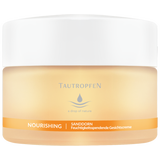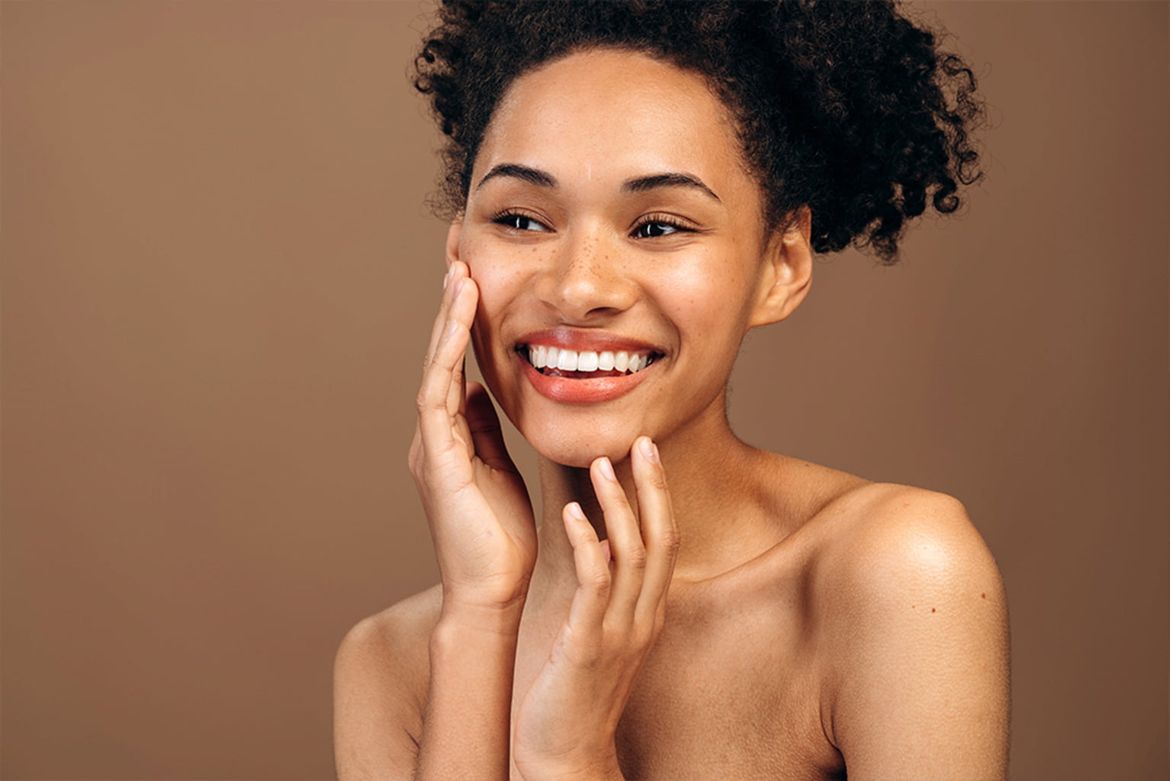It's All About Your Skin Type
Skin is the largest and most versatile bodily organ and protects us from environmental influences, provides inner balance, serves as a barrier to the outer world and mirrors the state of our health. Our skin requires tender love and care, therefore it is essential to give it the cosmetic treatments that it deserves.
Many of the cosmetic products that gather in our bathroom cabinets are of little benefit to our skin. We need to know what our skin type is in order to provide it with the treatment that it requires. With proper nutrition and the help of certain microorganisms, we can do something good for our skin.
Essentially, skin can be categorised into three types: dry skin, oily skin and combination skin. Each skin type requires a specific treatment and cannot be viewed the same.
To assess your skin type simply answer the following questions below:
1. After my daily cleansing ritual my skin ...
a) feels unpleasantly taut
b) feels refreshed
c) shows visible signs of oiliness after only a few minutes
2. If I do not apply a cream/moisturiser after cleansing my skin ...
a) appears dull and sometimes a layer of flaky skin is visible
b) appears oil on the T-zone
c) is oily even without applying a cream/moisturiser
3. My pores are
a) unnoticeable
b) are noticeable on my forehead, nose and chin
c) are very noticeable especially on my cheeks
Here are your results!
Mostly answered with A: Dry skin with a low oil content
This skin type is very common and often arise in children or the elderly. The skin has narrow pores and is rather matte. Dry skin is evident when the sebum production is reduced and the skin is only able to absorb a limited amount of moisture.
Dry skin generally feels very taut (tight) and shows less or more deep wrinkle depending on your age. It is advised to use a moisturiser at least twice a day and pay special attention to your diet. It is also recommended to avoid excessive use of cleansing agents such as soaps or shower gels. It is important to avoid products with surfactants and alcohol as well as degreasing soaps and hot water. Instead opt for a milder soaps and shower gels.
Mostly answered with B: Combination skin
As the name suggests combination skin carries both the characteristics of dry and oily skin types. Generally, the cheeks are relatively dry whereas the forehead, nose and chin have an oily appearance. The T-zone is prone to enlarged pores, pimples and dark spots.
Combination skin types require cosmetic products that balance the appearance of the complexion. Assist your nutritional intake by adding sufficient vitamin D, omega 3 and zinc to your diet.
Mostly answered with C: Oily skin
Oily skin is prone to enlarged pores, blemishes, acne and overall oiliness. This is due to an increased amount of sebum production. Certain cosmetic products are able to smooth and soothe oily skin types. Zinc in particular can help regulate excessive sebum production. This trace element is present in wheat germ, meat, fruits, vegetables and legumes.
If your results were not clear or the result you come up with only contains A, B and C once?
This means that you have a normal skin type.
Normal skin does not require any specific treatment and is the least demanding of all. This skin type is generally smooth, does not produce an excessive amount of sebum and has a rose, balanced complexion.
Related products
-
 4.2 (52)
4.2 (52)Tautropfen Sea Buckthorn Moisturizing Facial Cream , 50 ml
- Promotes skin´s cells regeneration
- Contains precious organic Jojoba Oil
- Smoothes small wrinkles
£30.00 (£600.00 / l)Delivery by January 05
-
 4.3 (27)
4.3 (27)Martina Gebhardt Sage Line Set, Salvia Line Set
-36%- 1 x Sage Cream, 50 ml
- 1 x Sage Lotion, 100 ml
- 1 x Sage Tonic, 100 ml
£42.49 £66.44Delivery by January 05
-
 4.1 (24)
4.1 (24)i+m Rosy Glow Cream, 30 ml
- Ideal for normal skin
- With mineral shimmer particles
- Firms & hydrates the complexion
£19.30 (£643.33 / l)Delivery by January 05
-
 2.7 (6)
2.7 (6)BIO:VÉGANE Legit Beauty Skin Rebalance Face Cream, 50 ml
- For oily, dry & combination skin
- Mattifying effect
- Pore-refining & balancing
£12.55 (£251.00 / l)Delivery by January 05
Magazine Articles:
-
Great Britain: Free standard delivery from £69.90
-
Free
returns -
Get at least 1 free sample
per order More than 19.350 products


